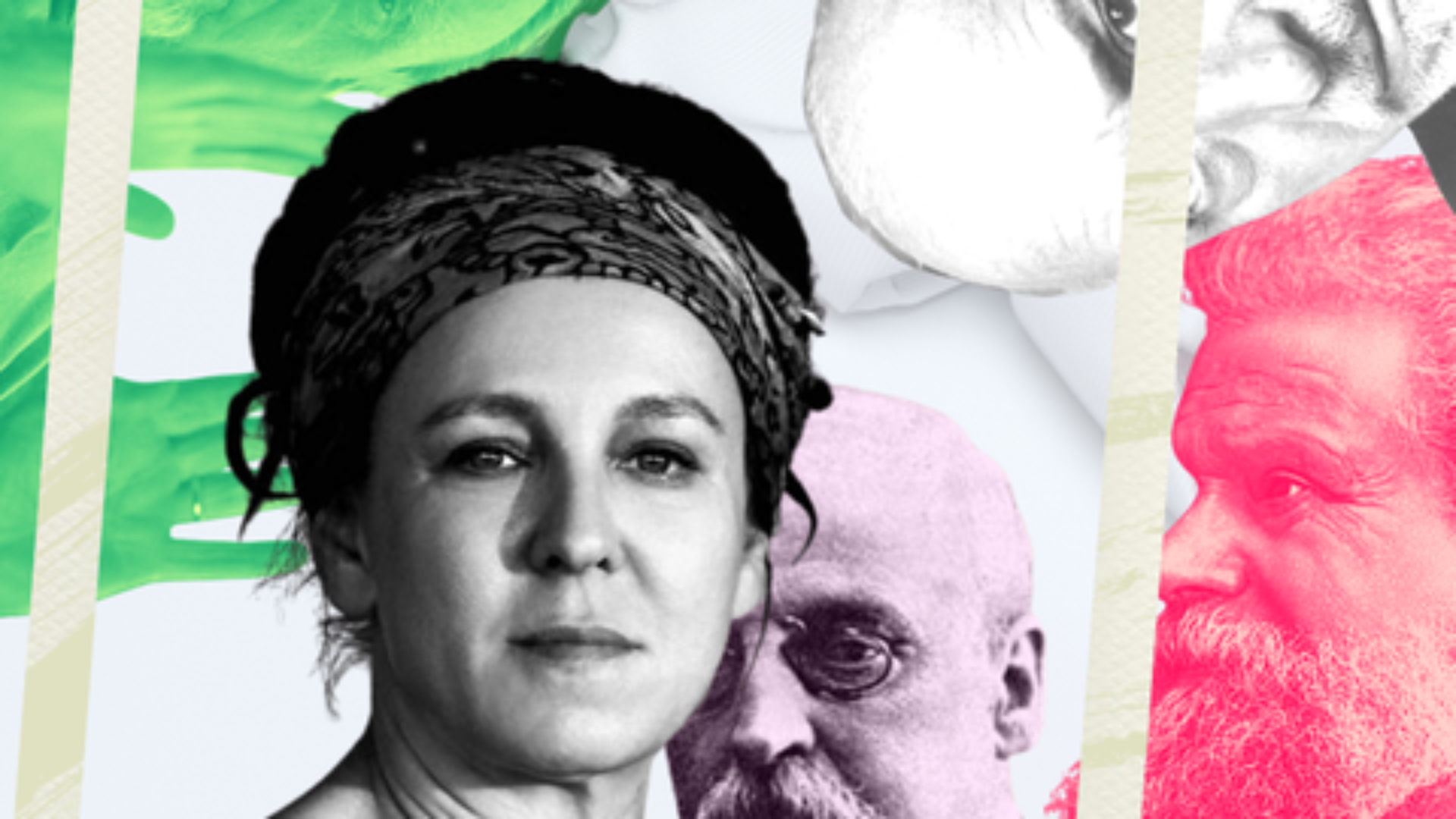In defiance of the corporation- and lumpenproletariat-grounded mechanisms of profit and exploitation, our Fabrica – that is to say, our factory – wishes to be, to use Jaspers’s words, “an apolitical intellectual and moral community, a community of consciences and selflessness of seeking the truth and of participation in an international dialogue between autonomous entities that constitute the universal human culture.”
It therefore wishes to be the place with a convenient infrastructure (this case, an IT infrastructure) and good working conditions. The Latin source renders us close to the craftsman workshop, which is an appropriate and traditional place for every philologist. The aristocratism of the spirit connected with the idea of the “good work” may become a foundation for an unfettered spiritual space.
The legacy of the factory (in Polish: fabryka, zakład fabryczny) – with its turbine hall, workshops, and machine park – is contemporarily of special importance. Revitalisation or adaptation of the post-industrial buildings to new functions is particularly significant for our region. The discussed project of our Fabrica respects the tradition of the “officina,” an atelier of Silesian inspirations, and that of the Italian manufactory, where the best handicrafts are created (especially in south regions of the country).
A scholar of industrial architecture points to these Polish-Italian relations when she describes factories as “palaces similar to Italian castles, in which one could find cotton depots, (…) positively stylish houses – barocco, contorted, simpering, with numerous amoretti on the friezes and above the windows, through which one could see rows of looms” (I. Popławska: Architektura przemysłowa Łodzi w XIX wieku. Warsaw 1975).
The factory, within which the forms of its structure are exposed, does not hide its architectural seams: pillars, bare brick, roof trusses, and grill floorings. Thus, it becomes a symbolic meta-textual and self-reflexive entity, which departs from the old-time forms of medieval defence architecture (the factory as a castle or a fortress has transformed into a structure striving for maximum utility and modern comfort of the usage of its space). To use an expert’s words, “A factory not only did not have to but now even could not hide its ‘factoriness’ – its industrial nature – behind the façade of a palace or a castle; now it has risen to the rank of the factory” (J. Pazder: O dwóch nobilitacjach fabryki (notatka). “Teksty” 1981, no. 2).
Our factory is located in the place of the former manufactories, but its ultramodernity and rebranding result in replacing noise, dirt (the Silesian maras), and mass production with focus, clarity, and the unique art of language. In accordance with the principle of contiguity of meanings, we still call it the factory; after all, it still has production, distribution, and recipients. In the digital world, what is taken out of the grand factory in a truly postmodernist vision is the notion of shared labour when producing unique works. Due to digital revitalisation, the aged walls of factories have been given a new lease of life.
Fabrica invites interdisciplinary texts that represent and incorporate the achievements of various academic fields, such as film criticism, art critique, anthropology, law, or humanist geography.
Fabrica is a journal that creates a real community despite the borderland position of both facilities involved. As we wish to emphasise, the two southern regions – Upper Silesia and Apulia – reveal their “cultural syncretism, hybridity, ‘synergism’ (interfusion),” to use Aleksander Fiut’s words. The universal fabrica mundi is comprised of such independent facilities, aware of their indispensability and importance: the facilities that can communicate with and bolster each other only by means of cooperation, transit of knowledge, and transfer of texts (“from the Italian land to Poland” and back).
It is not a traditional Polish studies and Italian studies journal – it is an interactive platform of two dynamically developing facilities. The hyphen does not merely stand for linking the two areas, overcoming the obstacles in intercultural communication; it also signifies more than the lateral coexistence of the two languages. Above all, the hyphen stands for the bridge between those who create culture and art, between the two universities, between literature and the real world.
We wish to show how a modern journal breaks the language and territorial barriers and how it unites persons of culture able to speak the language of sensitivity.
In 2019-2022, “Fabrica…" was published as a scientific journal once a year, and by the decision of the Editorial Board, it became a semi-annual in 2023. The thematic scope of the next issue will be consulted with the Academic Board and announced on-line. The Editorial Board will decide whether the submitted texts will be published basing on the reviews by two independent peer reviewers.

